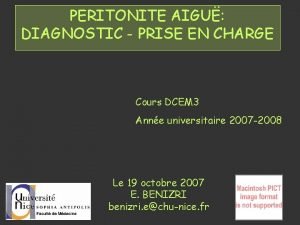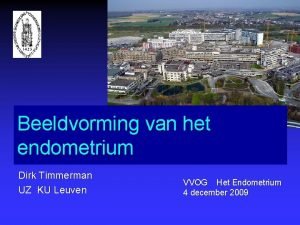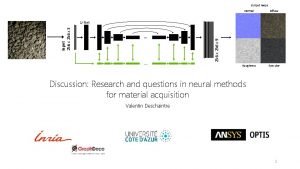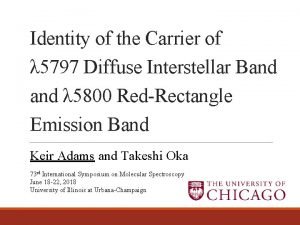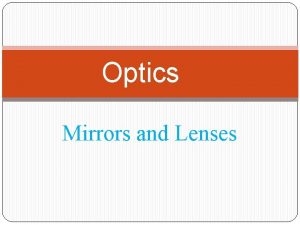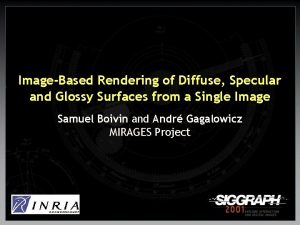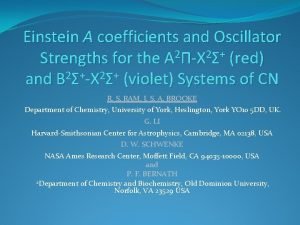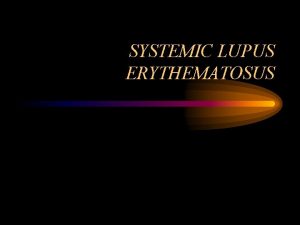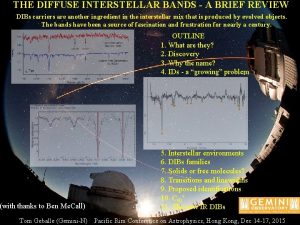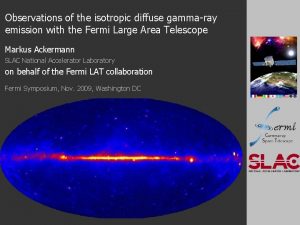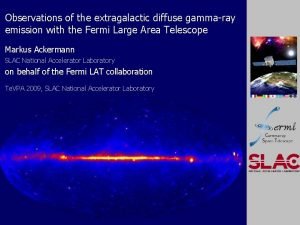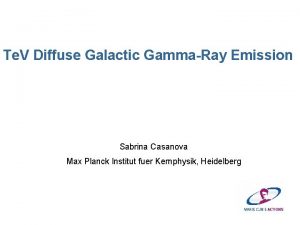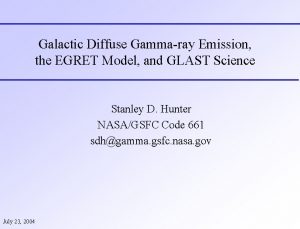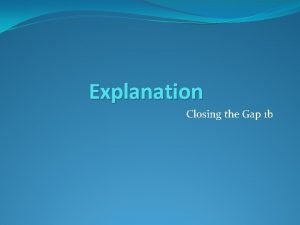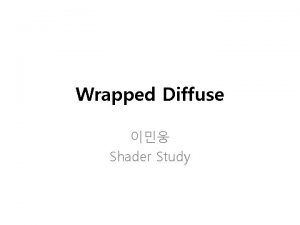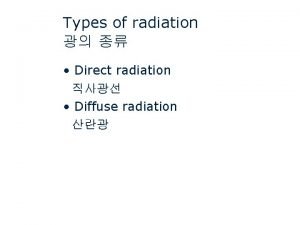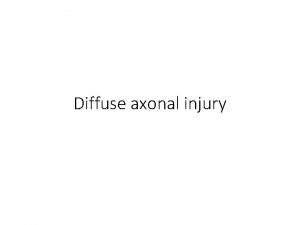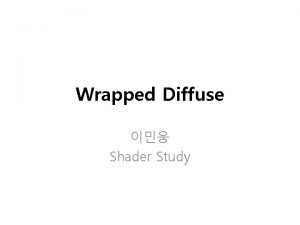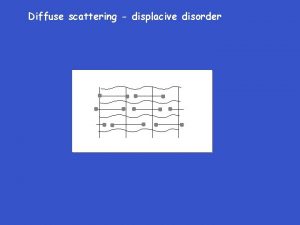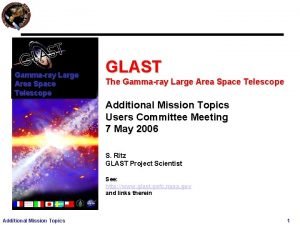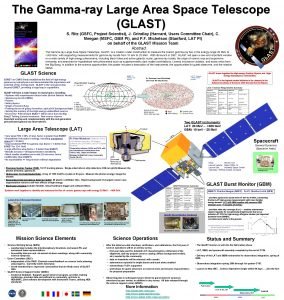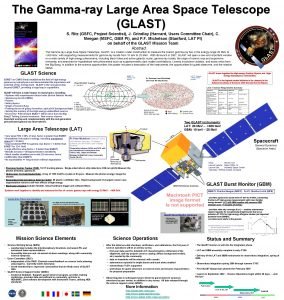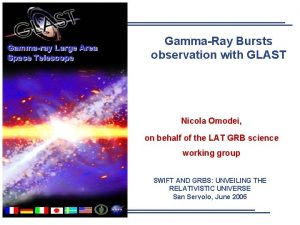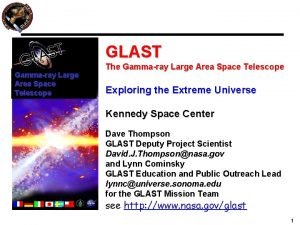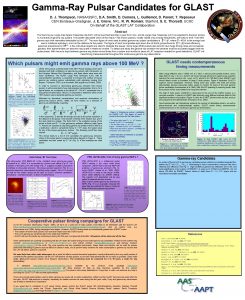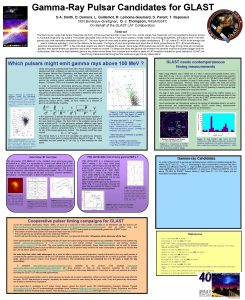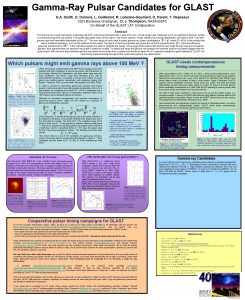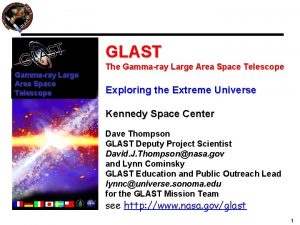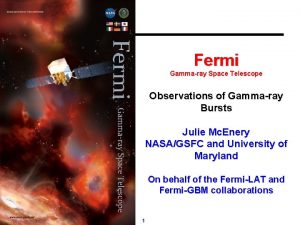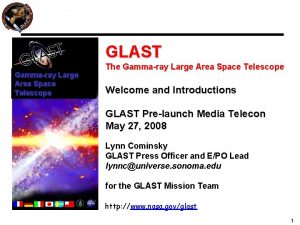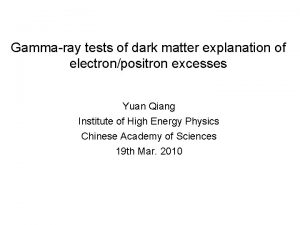An explanation to the diffuse gammaray emission Fiorenza


























- Slides: 26

An explanation to the diffuse gamma-ray emission Fiorenza Donato @ Physics Dept. , UN. Torino In collaboration with: M. Ajello, T. Bringmann, F. Calore, A. Cuoco, M. Di Mauro, G. Lamanna L. Latronico, D. Sanchez, P. D. Serpico, J. Siegal-Gaskins “Astroparticle Physics” - Amsterdam, June 26, 2014

The Fermi-LAT isotropic diffuse emission L. Baldini, this conference The origin of the IGRB Undetected sources: AGN (blazars: BL Lacs, FSRQ; mis-aligned AGN) star forming galaxies, (galactic) milli-second pulsars (MSP), […] Diffuse processes: UHECRs interacting with EBL, dark matter annihilation, intergalactic shocks, […]

Active Galactic Nuclei Urry & Padovani 1995 Radio quiet AGN: Quasars, Seyfert, Liners Radio loud AGN: Blazars: BL Lacs (no emission lines, closer, less luminous) FSRQ (stronger emission lines, farther, more luminous) Quasars (SSRQ, FSRQ) Radio Galaxies (FRI, FRII) (decreasing view angle) Fermi-LAT data on |b|>10: 1042 sources, 873 associated out of which 357 are BL Lacs and 318 FSRQs 3

1. Diffuse γ-ray emission from unresolved BL Lacs M. Di Mauro, FD, G. Lamanna, D. Sanchez, P. D. Serpico Ap. J 2014 • Spectral energy distribution (SED) derived from Fermi-LAT data AND Te. V catalogs • Luminosity function derived from Fermi-LAT data • EBL absorption included (> 100 Ge. V) • Blazars studied according to radio and X-ray classification: Low (High) synchrotron peaked LSP: νS < 1014 Hz ISP: 1014 Hz < νS < 1015 Hz HSP: νS > 1015 Hz We work with: 80 HSP, 34 ISP, 34 LSP (68 LISP)

Observed Spectral Energy Distribution (SED) LSP BL Lac SED HSP BL Lac SED Power-law with exp cut-off provides better fits (huge uncertainties in the cut -off) 5

Diffuse γ-ray emission from unresolved BL Lacs Di Mauro, FD, Lamanna, Sanchez, Serpico Ap. J 2014 • Softening at > 100 Ge. V due to EBL absorption: data are nicely reproduced! • Treating LSP and HSP separately gives non negligible differences

2. Diffuse γ-ray emission from Misaligned Active Galactic Nuclei (MAGN) M. Di Mauro, F. Calore, FD, M. Ajello, L. Latronico Ap. J 2014 MAGN: AGN with jet not aligned along the line-of-sight (l. o. s. ) Doppler boosting negligible Radio galaxies (RG) and steep-spectrum radio quasars (SSRQs) RG have been classified by Fanaroff&Riley (1974) • FRI edge-darkened, less powerful, Bl Lacs parent • FRII edge-brightened, more powerful, FSRQs parent Abundant RADIO data: total (including lobes) and central compact region (core) Fermi-LAT observed 15 MAGN between 0. 1 -100 Ge. V (Fermi-LAT Ap. J 720, 2010)

γ-ray vs radio luminosity function for MAGN Correlation between luminosity of radio core at 5 GHz and γ-ray luminosity > 0. 1 Ge. V The strength of the correlation has been confirmed by the Spearman test and the modified Kendall τ rank correlation test: chance correlation excluded at 95% C. L.

Constraints from log. N-log. S The cumulative source number above a given flux: Our assumptions (core radio – γ-ray correlation, link between core and total radio emission, …) are consistent with the Fermi-LAT MAGN number count Consistency also for k=1 (equal number of radio and γ-ray emitters) Trend at lowest fluxes intensity of diffuse flux

Diffuse γ-ray emission from unresolved misaligned AGN Di Mauro, Calore, FD, Ajello, Latronico Ap. J 2014 Best fit MAGN diffuse flux: 20 -30% Fermi-LAT IGRB, |b|>10 o Estimated uncertainty band: factor 10

EGB: sum of astrophysical contributions Di Mauro et al. 2014 The sum of all the contributions to fits Fermi-LAT (preliminary) EGB data

3. Diffuse γ-ray emission from galactic milli-second pulsars (MSPs) Calore, Di Mauro, FD 1406. 2706 Galactic MSPs contribution to the IGRB is negligible at all energies

Anisotropy power spectra from astrophysical sources Cuoco, Di Mauro, FD, Siegal-Gaskins, in preparation We study angular power for classes of AGN: - BL Lacs: LISP and HSP (Low, Intermediate and High Synchrotron Peak) - Misaligned AGN (MAGN) - Flat Spectrum Radio Quasar (FSRQ) IN E R P M I L Y R A

AGN angular power and Fermi-LAT data Cuoco, Di Mauro, FD, Siegal-Gaskins, in preparation PRELIMINARY HSP BL Lacs contribute the most to the anisotropy; high energy spectrum MAGN are very numerous by faint, little amount of AP Fermi-LAT data explained by AGN

The anisotropy – integrated flux consistency Cuoco, Di Mauro, FD, Siegal-Gaskins, in preparation PRELIMINARY MAGN contribute the most to the IGRB, being very numerous whilst faint HSP BL Lacs get relevant to the highest energies, but sub-dominant Our emission models for AGN are compatible with Fermi-LAT data on anisotropy AND diffuse emission

Q: Which room is left to Dark Matter annihilation into gamma-rays in the halo of the Milky Way?

Bounds on WIMP annihilation cross section Bringmann, Calore, FD, Di Mauro, PRD 2013 • Standard halo assumptions I(ψ) • Prompt and IC photons • BR=1 at fixe annih. channel • Bkgd= MAGN + ΣBMS • ΣBMS = MSPs (Calore+2012)+ BL Lac (Abdo+2010) + FSRQs (Ajello+2012) + SF galaxies (Ackermann+2012) • DM + bkgd must not exceed any data point (at 2σ) Effect of MAGN contribution

Constraints to DM from diffuse γ-ray emission High latitude data: |b|>10: Halo 5<|b|<15, |l|<80: - Negligible the choice for ρ(r) - crucial the backgrounds from extra-galactic unresolved sources - Models for the diffuse galactic emission improve the limits - Important the choice for ρ(r) Bringmann, Calore, Di Mauro, FD 2013 Fermi-LAT Coll. 1204. 6474

Conclusions • The IGRB is studied for |b|>10 o: faint, diffuse, isotropic flux • We present new estimations of the diffuse emission from unresolved BL Lacs, MAGN, MSPs: Fermi-LAT data for the IGRB are very well explained by astrophysical sources • Anisotropies for the astrophysical sources compatible with Fermi-LAT data • Dark matter: anisotropies depend on the behavior of the density profile extrapolated at low radii • We show much the MAGN background reduces the room left to Dark Matter annihilation

Testing Lγ-Lr correlation: upper limits from undetected FRI&FRII We derive upper limits for FRI and FRII having strong radio core fluxes GREAT!!! they do not violate the correlation It looks physical

Effect of Inverse Compton contribution from e+e- DM annihilation The inclusion of the IC scattering (on CMB, infrared radiation, stellar light) is non-negligible for Wimp Dark Matter masses >~ 100 Ge. V. At m. DM=1 (10) Te. V the constraints on <σv> increase by a factor 10 (50)!

Fermi-LAT MAGNs: main radio and gamma properties • Some of Fermi-LAT sources are variable • Radio CORE data taken at 5 GHz, and contemporary to Fermi-LAT data • Up to z~0. 7 • 4 FRII and 8 FRI

BL Lacs data BL Lacs can be classified according to their synchrotron peak frequency νS (low, intermediate, high synchrotron peak): LSP: νS < 1014 Hz ISP: 1014 Hz < νS < 1015 Hz HSP: νS > 1015 Hz We work with: 80 HSP 34 ISP 34 LSP (68 LISP) M. Di Mauro, FD, G. Lamanna, D. Sanchez, P. D. Serpico, Ap. J 2014

Effect of unresolved (smaller) sub-haloes Calore, De Romeri, Di Mauro, FD, Herpich, Macciò, Maccione MNRAS 2014 • Black lines: Aquarius Aq-A-1 simulated sub-haloes, Einasto profile (Springer+2008) • More massive and cored haloes give a flattening at high l (red line) • The smaller haloes give more power and a Poisson-like trend

Simulated all-sky maps Calore, De Romeri, Di Mauro, FD, Herpich, Macciò, Maccione MNRAS 2014 Einasto Moore-Stadel E=4 Ge. V m. DM=200 Ge. V <σv>=3× 1026 cm 3/s Emission from Einasto profile is more clustered. MS profile shows more extended cores

Spatial information: Anisotropies in γ-rays Peculiar DM over-dense regions may imprint spatial signatures in high resolution data Predicted angular power spectrum: galactic and extragalactic Fermi-LAT: detected angular power >3σ in 1 -10 Ge. V range at high l Fermi-Lat Coll. 1202. 2856 Fornasa et al. 2012
 Dante inferno parafrasi
Dante inferno parafrasi Asp grisaille diffuse
Asp grisaille diffuse Dendritic keratitis
Dendritic keratitis Acute diffuse otitis externa
Acute diffuse otitis externa Ungerichtete reflexion
Ungerichtete reflexion Vray sphere light
Vray sphere light Regular vs diffuse reflection
Regular vs diffuse reflection Diffuse adenomyosis
Diffuse adenomyosis Renfrew theory ap human geography
Renfrew theory ap human geography Diffusion vs effusion
Diffusion vs effusion Diffuse roughness
Diffuse roughness Mesothelioma
Mesothelioma Ambient diffuse specular
Ambient diffuse specular Diffuse esophageal spasm barium swallow
Diffuse esophageal spasm barium swallow Rollenförmige sozialbeziehung beispiel
Rollenförmige sozialbeziehung beispiel What part of the brain is responsible for what
What part of the brain is responsible for what Kinetic particle theory questions
Kinetic particle theory questions Diffuse identity
Diffuse identity Regular reflection
Regular reflection Diffuse rendering
Diffuse rendering Diffuse interstellar bands
Diffuse interstellar bands Lung disease
Lung disease Religioni più diffuse
Religioni più diffuse Diffuse secondary growth
Diffuse secondary growth Serositis
Serositis Diffuse interstellar bands
Diffuse interstellar bands Examples of folk and popular culture
Examples of folk and popular culture

